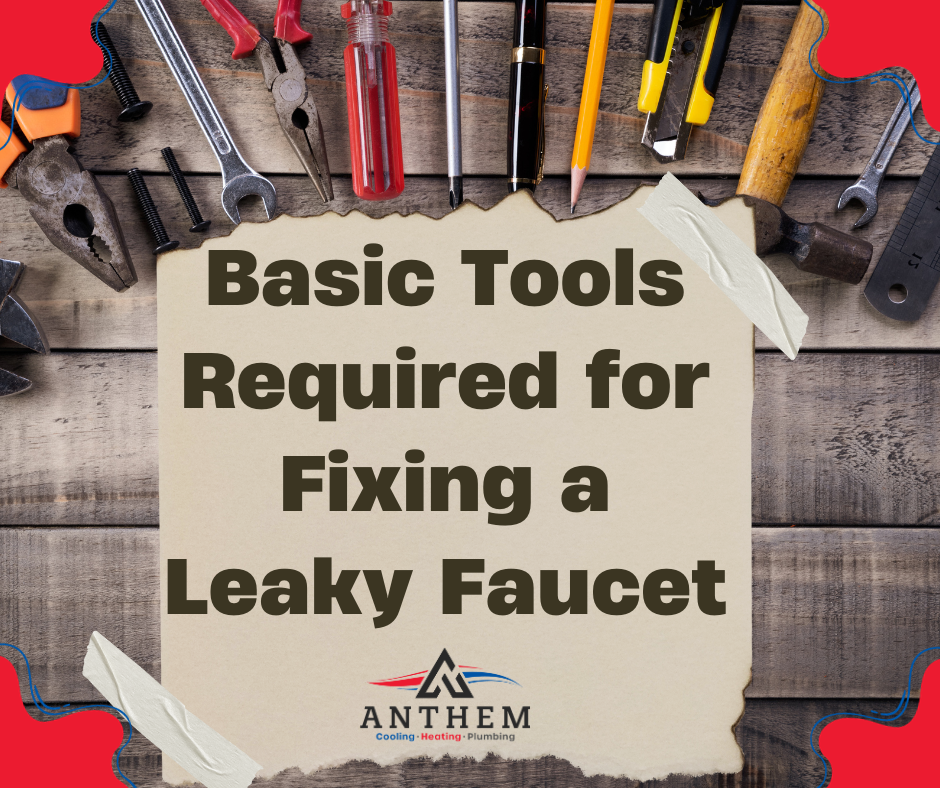
Ever had that annoying drip-drip sound from your tub faucet keep you up at night? That small, relentless leak may seem harmless but let me tell you – it’s more than just an irritating noise.
That little drip could turn into a waterfall before you know it. It can cause significant water wastage and if left unchecked, might even damage your beautiful bathroom decor.
You’re probably wondering: “Can I fix this myself?” The answer is yes! With the right tools in hand and some basic knowledge of different faucets, anyone can become a DIY plumber.
In this guide, we’ll walk through identifying your faucet type to understanding when it’s time to call for professional help. We’ll also dive deep into prevention measures because after all, who wants to deal with leaks again?
So, are you all set to tackle that annoying leak? Let’s get it done!
Table Of Contents:
- Understanding the Problem of a Leaking Tub Faucet
- Identifying the Type of Faucet
- Basic Tools Required for Fixing a Leaky Faucet
- Step-by-Step Guide to Fixing a Leaky Tub Faucet
- Step 1: Gather Supplies
- Step 2: Turn Off Water Supply
- Step 3: Remove the Faucet Handle
- Step 4: Examine the Cartridge or Valve
- Step 5: Replace Damaged Parts
- Step 6: Apply Plumber’s Tape
- Step 7: Reassemble the Faucet
- Step 8: Turn On Water Supply
- Step 9: Test the Faucet
- Step 10: Reassemble the Handle
- Step 11: Clean Up
- When to Call a Professional Plumber
- Preventive Measures to Avoid Faucet Leaks
- Conclusion
Understanding the Problem of a Leaking Tub Faucet
A leaking tub faucet might seem like a small issue, but it’s more than just an annoying drip. It can waste gallons of water over time and drive up your utility bill.
The problem often lies in worn-out parts within the faucet. For example, a deteriorated rubber washer or seal can fail to block water flow when the tap is turned off. This Family Handyman guide explains this common cause in detail.
Faucets also come with different mechanisms: compression, cartridge, or ball-type faucets each having their unique setup and potential issues that could lead to leaks. Gaining an understanding of the faucet type is essential prior to attempting any repairs.
Beyond damage control, letting a leak persist may cause bigger problems down the line – think rusting pipes or even structural damage from prolonged exposure to moisture.
Identifying the Type of Faucet
Ball faucets are single-handle models identifiable by their round cap right above the base of the faucet spout. A sure sign is if your handle rotates 360 degrees.
Cartridge faucets, on the other hand, may have one or two handles but do not rotate all around. They move up and down to control water flow.
The third type, compression faucets, are generally found in older homes. These old-school models use separate handles for hot and cold water.
Basic Tools Required for Fixing a Leaky Faucet

Having the right tools can make all the difference between a successful DIY plumbing job and a costly professional repair. Just like how an artist needs their brushes and paints, you’ll need your trusty set of tools.
An adjustable wrench is essential. It’s as vital as bread in making sandwiches. This tool will help you loosen or tighten parts that are hard to reach or stubbornly stuck.
A tubing cutter, on the other hand, is useful if you’re dealing with copper pipes. Think of it as scissors for metal tubes.
Last but not least, keep some thread seal tape. It’s similar to using duct tape when packing boxes; this seals connections ensuring no leaks escape.
- All these basic tools aren’t just good-to-have items—they’re must-haves. Remember: being prepared means half-won battles against leaky faucets.
Step-by-Step Guide to Fixing a Leaky Tub Faucet
Step 1: Gather Supplies
Collect all the necessary tools and replacement parts before starting the repair.
Step 2: Turn Off Water Supply
Locate the water shut-off valves for your bathtub and turn them off. If there are no dedicated shut-off valves, turn off the main water supply for your home.
Step 3: Remove the Faucet Handle
- Use a screwdriver to remove the handle’s decorative cap or cover. Some covers might pop off easily, while others might require a bit of prying.
- Once the cover is removed, unscrew and remove the handle. Set these parts aside carefully.
Step 4: Examine the Cartridge or Valve
- Inspect the faucet’s interior for the cartridge or valve. This component controls water flow and may need replacement or repair.
- Some faucets have cartridges that can be removed by hand or with pliers. Others may require a specific tool.
Step 5: Replace Damaged Parts
- If the cartridge is worn out or damaged, carefully remove it and replace it with a new one. Follow manufacturer instructions or consult a plumbing expert if unsure.
- Check O-rings, washers, or seals for damage. If necessary, replace these parts with new ones.
Step 6: Apply Plumber’s Tape
- Wrap the new plumber’s tape around any threaded areas of the faucet assembly to ensure a tight seal.
- Be sure not to overdo it with the tape; a few layers wrapped in the direction of the threads should suffice.
Step 7: Reassemble the Faucet
- Put the repaired or replaced parts back into place in the reverse order of how you disassembled them.
- Tighten everything securely but avoid over-tightening, as this might cause damage.
Step 8: Turn On Water Supply
- Turn the water supply back on slowly and check for leaks.
- Initially, keep the handle in the off position to test for leaks before fully reopening the faucet.
Step 9: Test the Faucet
- Turn the faucet on slowly and check for any leaks or drips.
- If there are still leaks, try tightening connections or rechecking the replaced parts for proper installation.
Step 10: Reassemble the Handle
- Once you’ve confirmed there are no leaks, reattach the handle and decorative cap or cover.
Step 11: Clean Up
- Clean any excess plumber’s tape or residue from the faucet and surrounding areas.
- Dispose of any old parts and packaging.
When to Call a Professional Plumber

Dealing with a leaking tub faucet can be tricky. While minor leaks might get fixed by DIY methods, not all situations are the same.
If you notice constant dripping even after trying to fix it yourself or if the leak is causing significant water damage, that’s your cue. You need professional help at this point because their expertise will prevent more harm from happening.
A professional plumber has years of experience and training under his belt which lets him diagnose complex issues quickly. So don’t hesitate; when in doubt, reach out.
Predicting Future Problems
Besides fixing existing problems, plumbers can also predict future ones due to their experience. They’re like doctors for your plumbing system – they’ll spot potential trouble before it starts showing symptoms. This way you save money on costly repairs down the line.
In short: Trying to handle everything alone may seem tempting but remember – just as Rome wasn’t built in a day, nor was its plumbing.
Preventive Measures to Avoid Faucet Leaks
Maintaining your tub faucet can help prevent leaks before they start. Perform regular inspections to identify any potential damage, such as cracks, rust, or mineral deposits.
Get into the habit of gently turning off faucets instead of forcefully twisting them shut. This can extend the life of your faucet’s components and prevent leaks from developing.
You should also consider installing water leak detectors under sinks. They alert you if there’s moisture where it shouldn’t be so you can fix small issues before they become big problems.
Conclusion
Well, you’ve made it! No more nights disturbed by the tub faucet leaking.
You now know the importance of identifying your faucet type and gathering the right tools before diving into repairs.
Tackling leaks step-by-step? You’re covered. Knowing when to call a pro? You got that too.
And let’s not forget prevention – because who wants to go through this again?
In short, we hope this guide has equipped you with all you need to keep your bathroom leak-free!
If you have any questions or need an estimate on your plumbing, give Anthem a call today. (951) 389-5151 for Inland Empire and (760) 895-2621 for the Coachella Valley.









No comment yet, add your voice below!